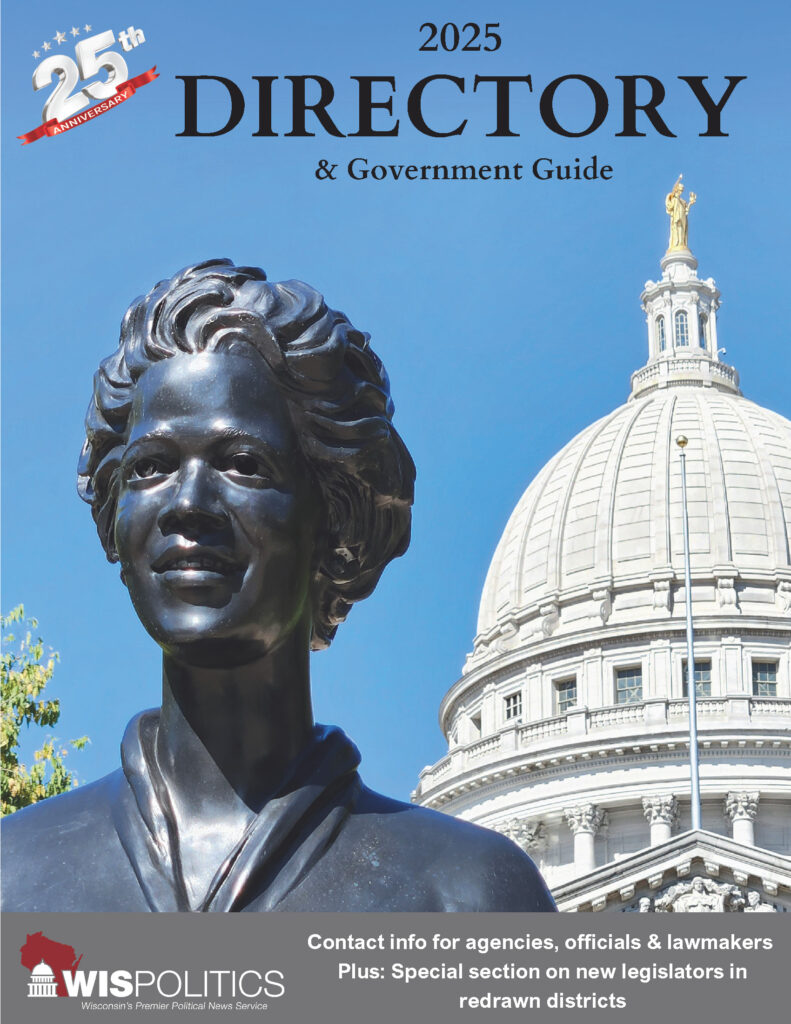Celebrate Wisconsin’s Native Pollinators By Creating Habitat And Volunteering
MADISON, Wis. – The Wisconsin Department of Natural Resources (DNR) encourages Wisconsinites to help native pollinators during Pollinator Week, June 16-22 and year-round with a few simple lawn care habits, volunteering and supporting the Endangered Resources Fund.
Most of Wisconsin's pollinators are bees (Wisconsin ...
Please log in to access subscriber content.
If you don't have a subscription, please contact schmies@wispolitics.com for subscription options on the WisPolitics-State Affairs platform, which is the new home for WisPolitics subscriber products.


